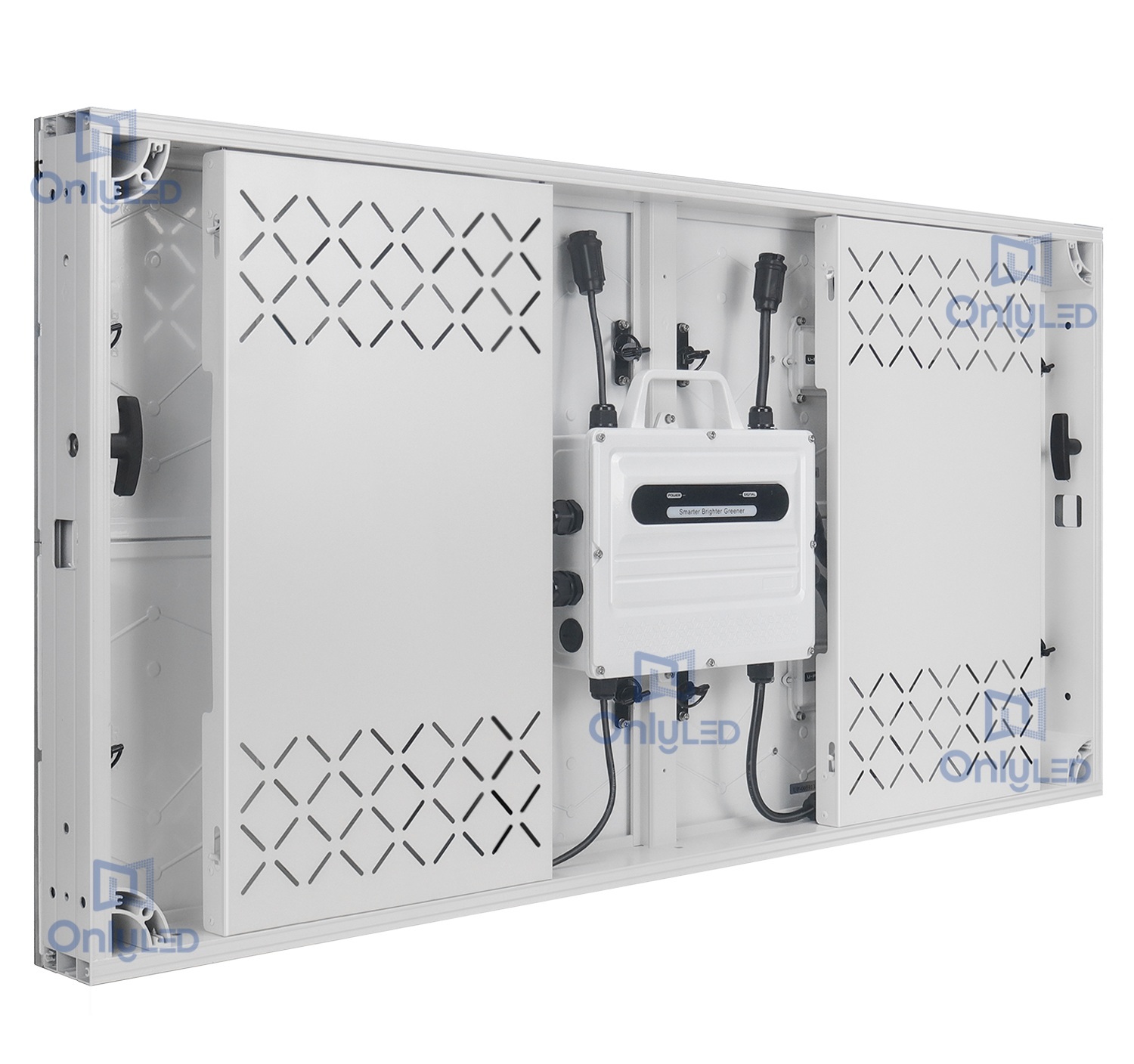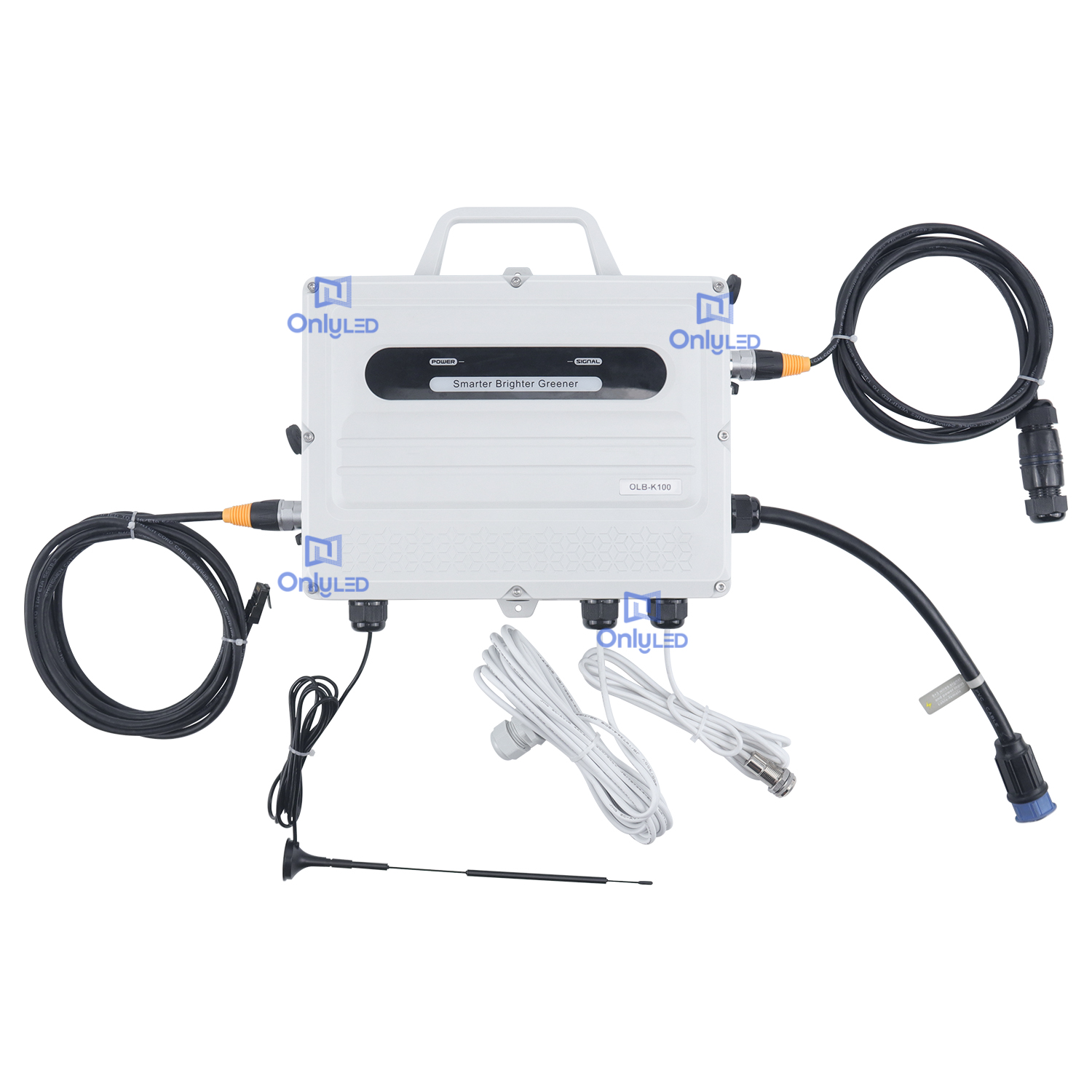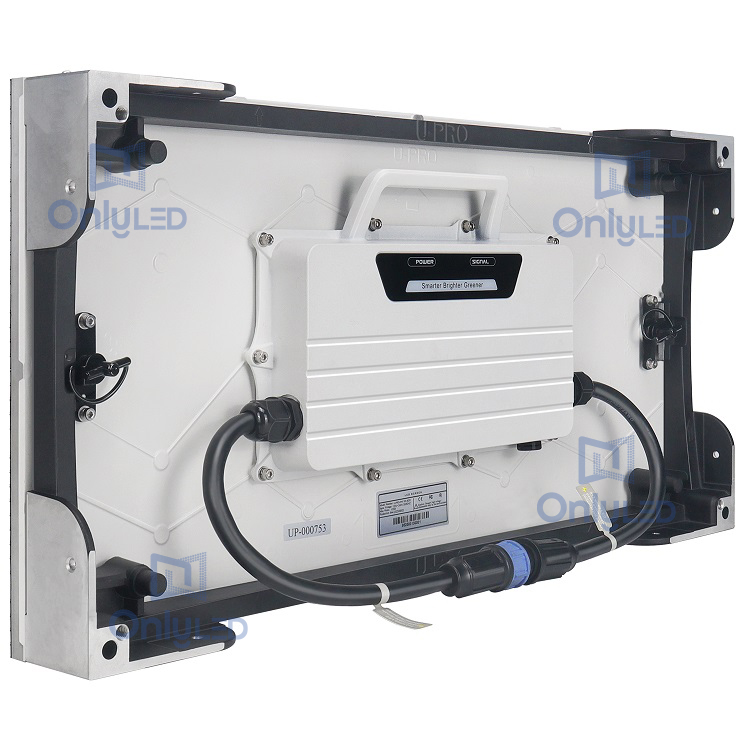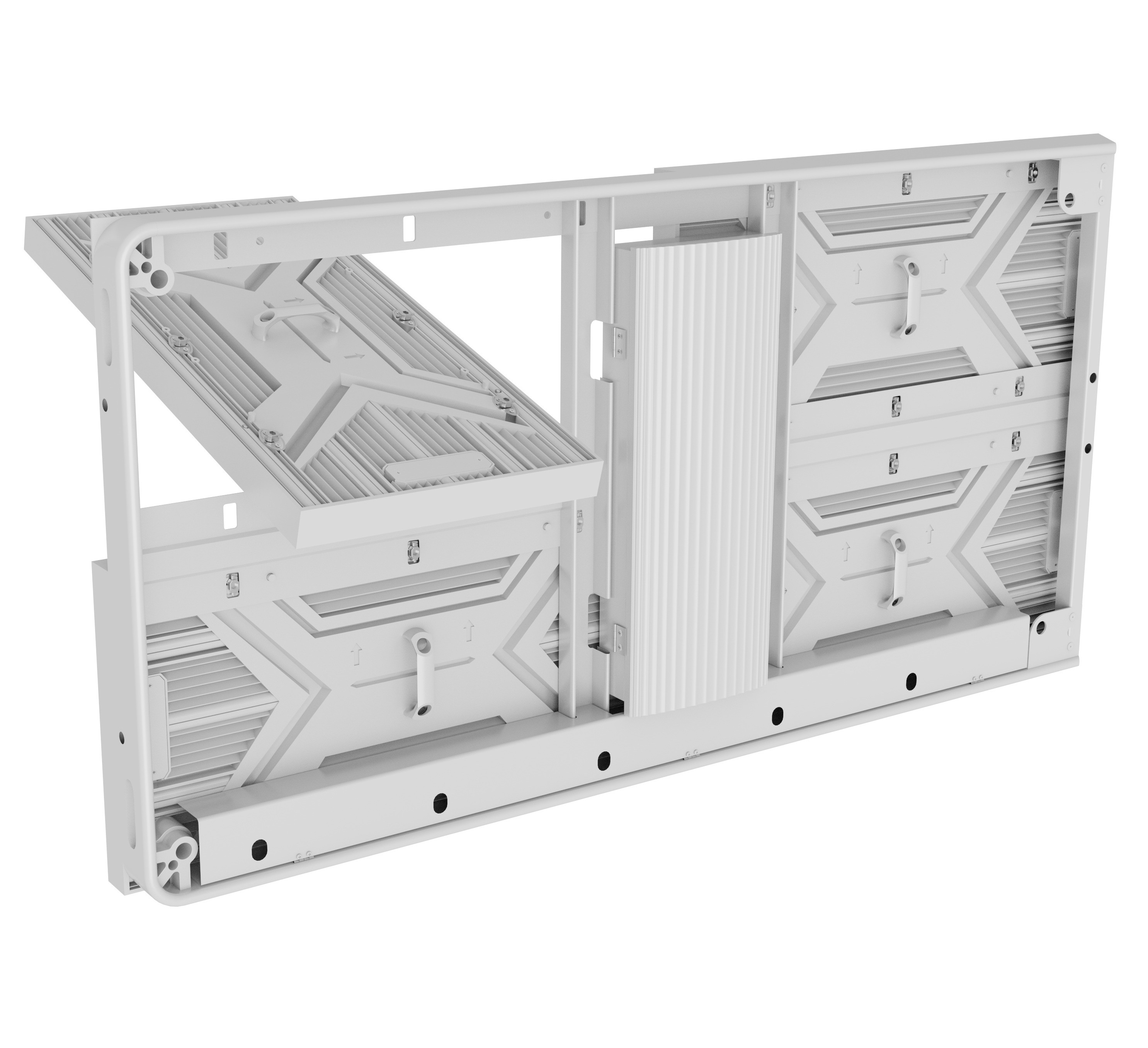Industry News
Advancements in Multi-screen splicing scheme and implementation method
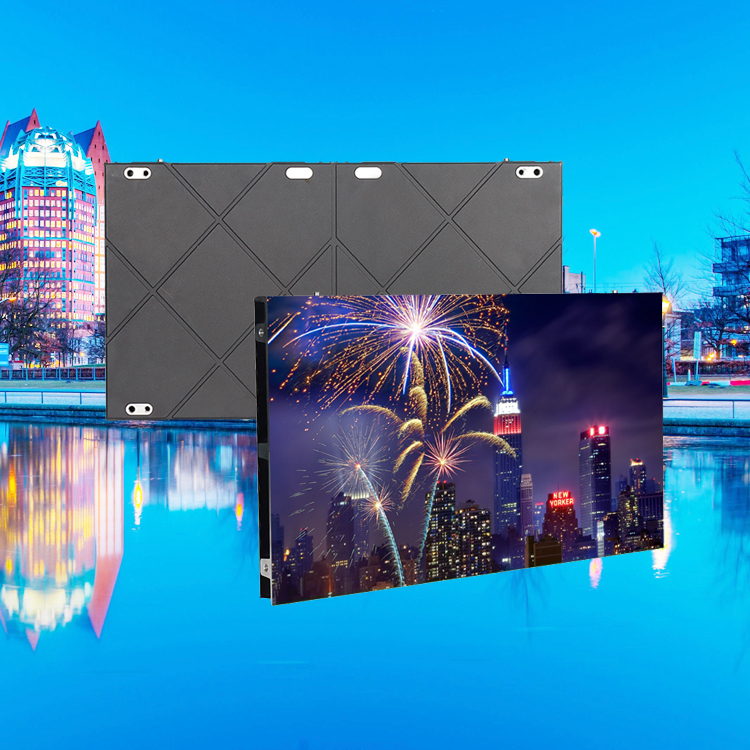
Rapid technological advancements have led to the emergence of innovative solutions for enhancing the visual experience of users. One such groundbreaking concept is the multi-screen splicing scheme and implementation method based on an all-in-one screen. This novel approach combines the functionality of multiple screens into a single seamless display, revolutionizing the way we interact with digital content.
1. Benefits of Multi-screen Splicing Scheme
The multi-screen splicing scheme brings forth numerous advantages in various domains. Firstly, it provides an expanded viewing area by seamlessly merging multiple screens into a cohesive display. This is particularly beneficial for industries such as advertising, surveillance, and gaming, where a larger canvas significantly enhances user engagement and immersion.
Secondly, the all-in-one screen eliminates the distracting bezels present in traditional multi-screen setups, offering uninterrupted and immersive visual experiences. This uninterrupted display ensures a seamless flow of information, making it ideal for applications like video walls in control rooms, conference rooms, or public displays.
Moreover, the multi-screen splicing scheme enables flexible layout designs, offering customization options tailored to specific needs. This feature is highly advantageous for industries requiring versatile and dynamic content arrangements, including entertainment venues, architectural visualization, and command centers.
2. Implementation Method for All-in-One Screen
The implementation method for an all-in-one screen involves careful planning and seamless integration of hardware and software components. The procedure typically includes the following steps:
a) Screen Selection: Careful consideration must be given to selecting the appropriate screens for splicing. Factors such as bezel width, resolution, screen size, and compatibility must be taken into account.
b) Splicing Hardware Configuration: The hardware configuration for screen splicing includes video walls, splicing processors, controllers, and cabling systems. These components work cohesively to ensure seamless integration and synchronization of multiple screens.
c) Calibration and Alignment: Precise calibration and alignment are crucial to achieving a seamless display. This step involves adjusting color, brightness, contrast, and other parameters to ensure uniformity across all screens.
d) Content Management System: An efficient content management system is essential to control and manage the multimedia content to be displayed. This system should provide options for content scheduling, scaling, and switching between different sources.
3. Future Implications and Conclusion
The multi-screen splicing scheme and implementation method based on an all-in-one screen holds immense potential for future applications. As technology continues to evolve, we can expect improvements in screen resolution, bezel-less designs, and further advancements in hardware and software integration.
In conclusion, the multi-screen splicing scheme based on an all-in-one screen offers a revolutionary solution for enhancing visual experiences in various domains. With its expanded viewing area, uninterrupted display, and flexible layout options, this concept provides new possibilities for industries requiring immersive and customized visual solutions.

